I don’t believe the people who say that they use sheet masks when they’re on a plane. How? Purely from a logistical standpoint, how exactly do they use one without looking like Freddie Krueger dipped in hyaluronic acid?
I’ve never wanted to be a person who uses sheet masks on a plane until the second I sink into the massage chair at London’s first “FaceGym” studio. I’m fresh from a long haul flight from Singapore, and according to my FaceGym “trainer” every second of pressurised cabin air is visible on my visage.
“You should have come in before you got on the plane,” she says, surveying my puffy, dried-out face with a grim expression. “Don’t worry, we’re going to take care of that.”
FaceGym was launched in 2014 by beauty journalist Inge Theron as a non-invasive and marginally more affordable – prices start at $91 (£50) and rise to $413 (£225) – alternative to both surgical and facial procedures, and now comprises eight locations across the UK and New York. What they offer is face massage and a lot of it: circulation-boosting face massage that sculpts, lifts, tightens and tones. Just like a regular gym class would, but for your face.
In Australia, if you wanted facial massage you’d visit celebrity facialists Jocelyn Petroni or Fumi Yamamoto. But there’s nothing in Australia yet to match the fast, upbeat, Instagram-honed mood of the FaceGym experience, beloved of Irina Shayk and Alexander Wang. (Think if Mecca Cosmetica started offering 30-minute skin treatments – not a bad business idea at all.)
The clientele at the Selfridges FaceGym are women in athleisure wear and Gucci Soho bags in their 20s and 30s. I know this because all six of us are seated in resplendent, complete public view on the shop floor of the department store having our faces poked and prodded while shoppers pushing prams browse for hair brushes around us. It is the antithesis of the traditional facial experience, in which you lie shrouded in a robe in a darkened room listening to muzak. At FaceGym, all I hear is the sound of cash registers.
But I have no time to feel embarrassed as my trainer begins to pinch and slap my face repeatedly. “This is the cardio segment,” she says serenely as she karate chops away with all the gentleness of Jackie Chan. What follows is lymphatic drainage with a cold jade stone and a light seasoning of electric shock to stimulate muscle tone, courtesy of the brand’s trademark handheld machine, the FaceGym Pro. (You can buy one for $788.)
This is the USP that produces FaceGym’s instant results. After five minutes of zapping, causing the 43 muscles in my face to twitch and jiggle under the machine’s current, my skin both looks and feels tighter. But it’s not exactly a pleasant experience. “It is strange,” my trainer admits, when I grimace as the current shocks my cheeks. Not painful, per se, but unsettling. As if a thousand little electric charges are power-walking past my face.
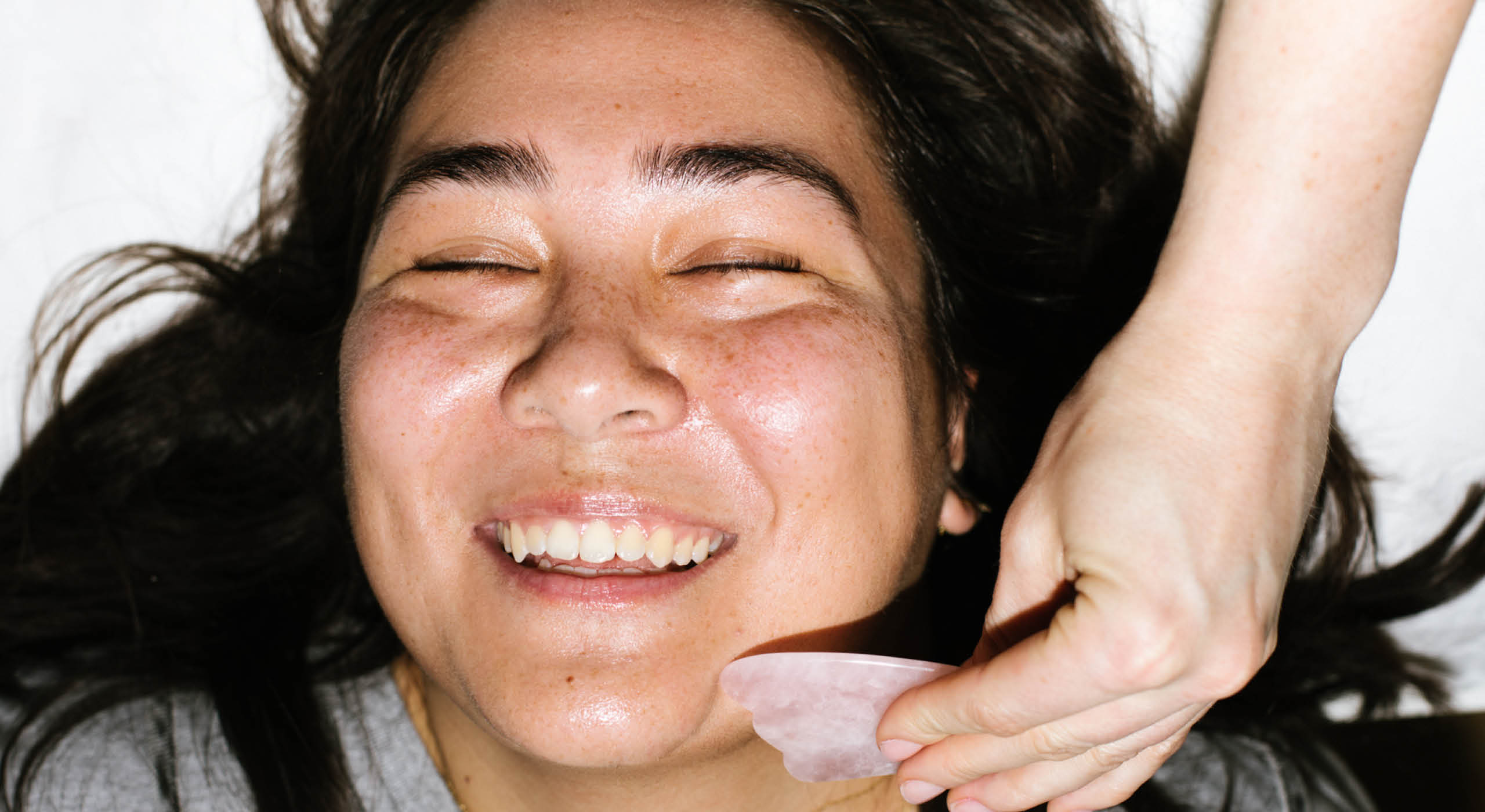

Workout, not facial; trainer, not therapist. The lexicon of FaceGym is designed to tap into the recent fitness boom that birthed boutique gyms and high-end yoga pants. Here’s my cynical read of the business’ surge in popularity: a facial workout sounds less frivolous than a facial, so clients might be more inclined to follow FaceGym’s advice and book in for multiple sessions a week.
But there’s also this: it works. Less than 24 hours after I exited a 15-hour flight during which I ate food that probably contained more salt than the Dead Sea, my skin is glowing like it has never glowed in its life, either from garden-variety facials or the regular application of very expensive moisturiser. It looks so good that in the afternoon I allow a photographer to stick a flashing camera at a level of proximity to my face most commonly utilised by the porn industry.
All this from half an hour of kneading and pulling, pummeling and prodding. The process itself is nothing new – lymphatic scraping dates back to the Ancient Chinese practice of gua sha – but its execution at FaceGym is pure 2019. Here, in a sleek bronze and terrazzo-lined studio, you can get an “injection” of serums or a “shot” of skin-tightening oxygen, all without going under the knife.
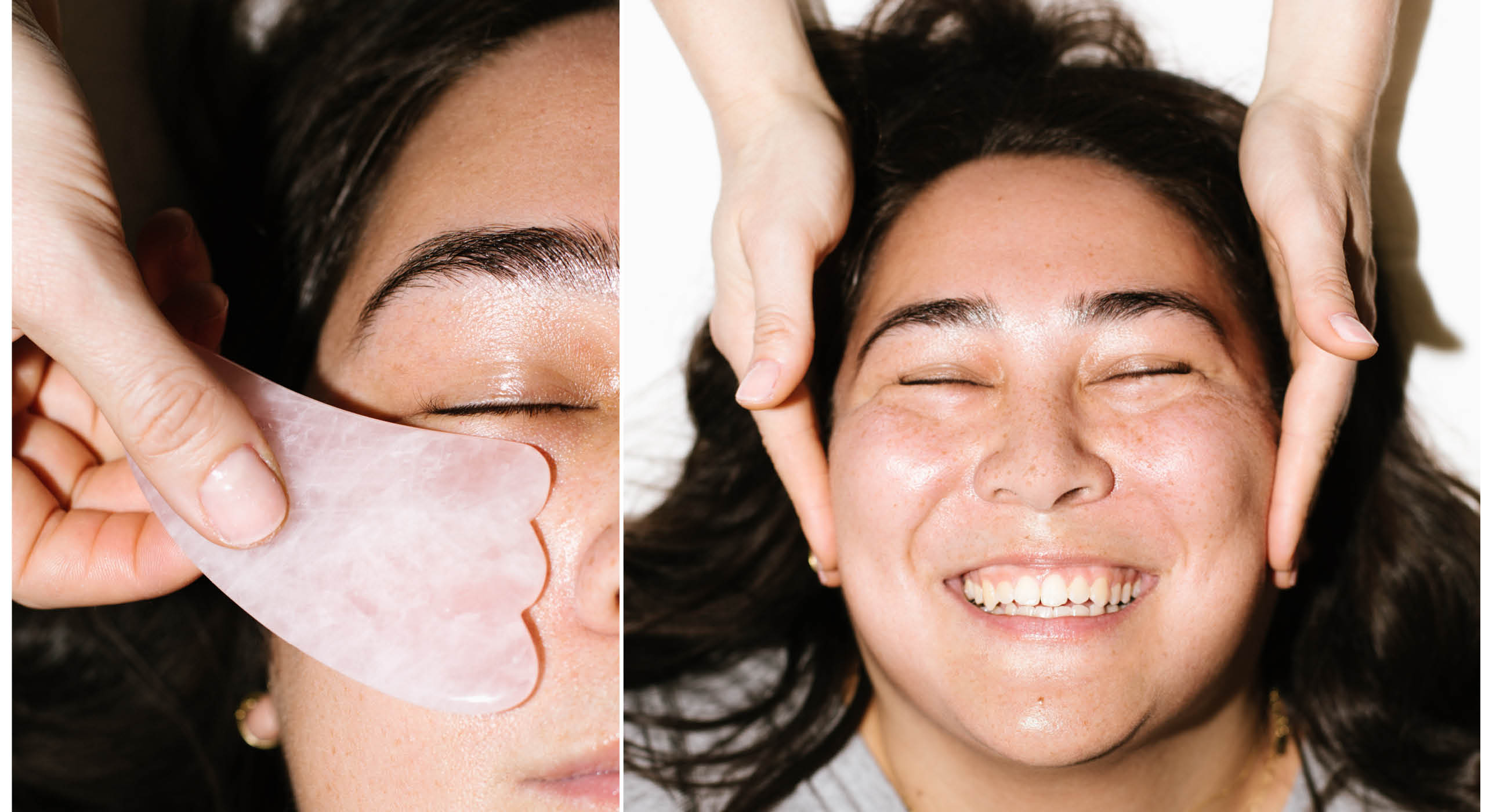

Yes, Australia has overtaken the US when it comes to the rate of plastic surgery procedures per capita. But for every action there is an equal and opposite reaction. You can see it in the surge of stripped-back beauty brands like Glossier and Go-To, which prioritise skincare over all else. Many women are moving away from invasive procedures and looking elsewhere for products and services that might be able to deliver the same results.
For some, that means searching for hydration or tone or radiance. But sitting in that massage chair as my face was put through its paces, and being spat out into the belly of Selfridges afterwards, jaw muscles aching, I understood something. FaceGym is not a relaxing, aromatherapy-infused chill session. Like kickboxing or pilates or listening to Oprah’s podcast, it’s a tool to make you feel powerful. You don’t unwind at FaceGym so much as you strengthen. It’s brisk and invigorating and cathartic. Not self care, exactly, but self improvement. I’ll definitely be going back.
Savvy marketing? Sure. But if there’s one thing we all want to be in 2019 it’s stronger.




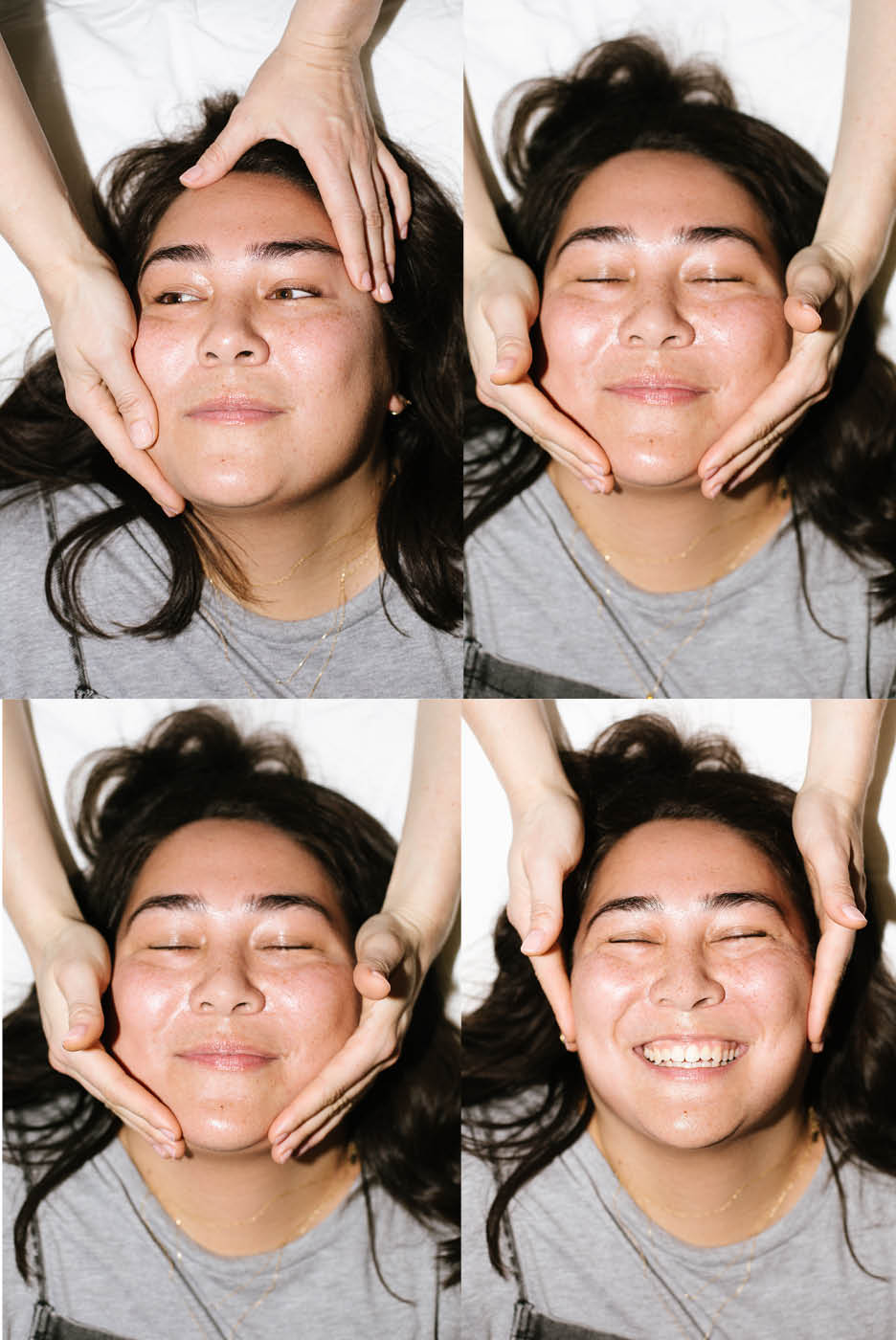
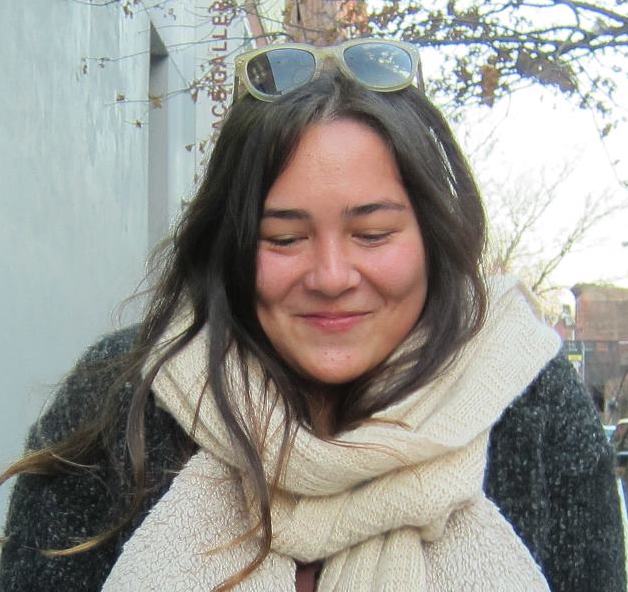

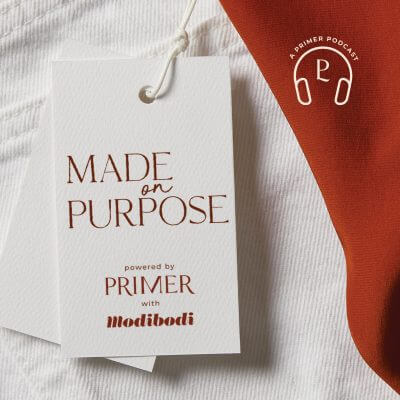
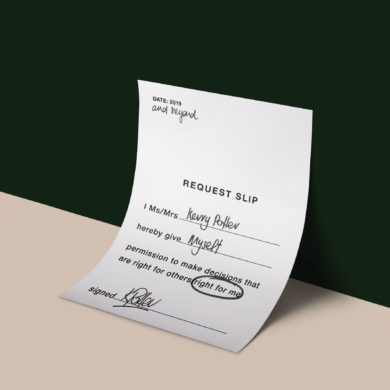
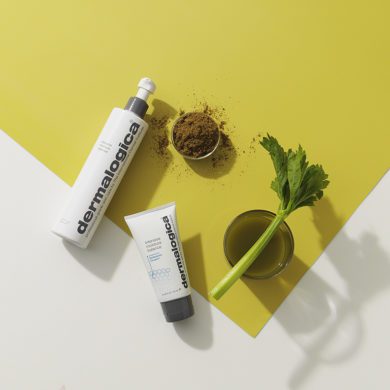
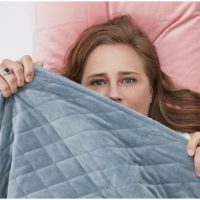
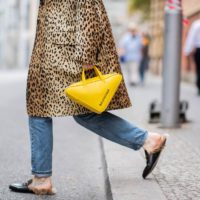
No Comments